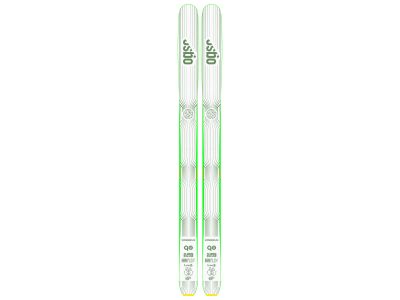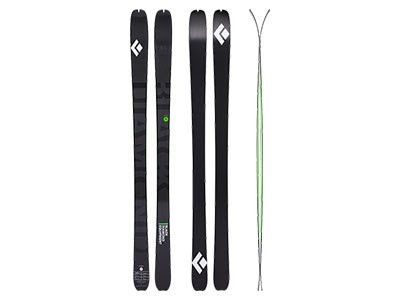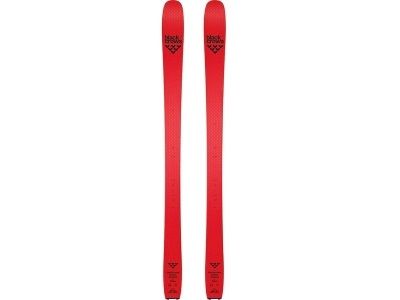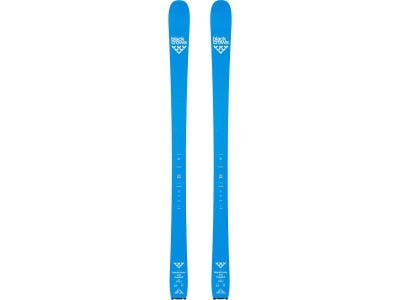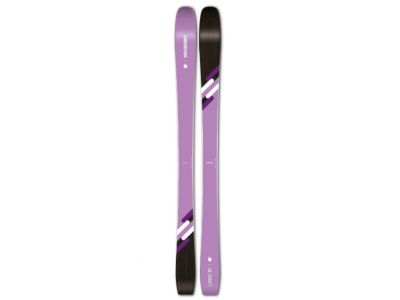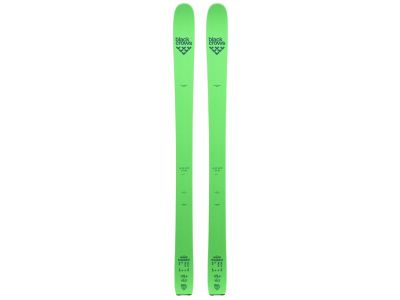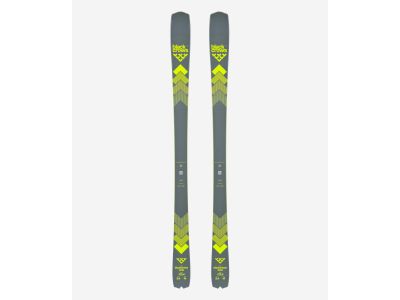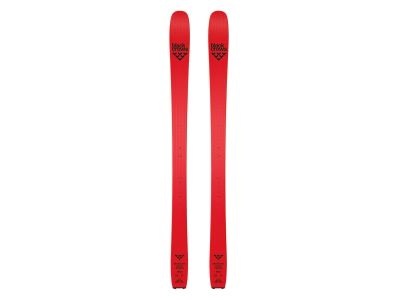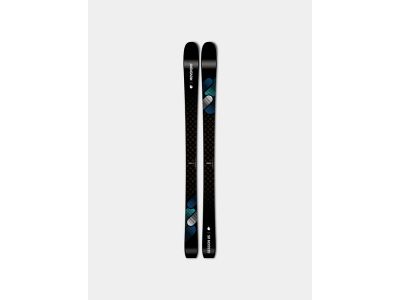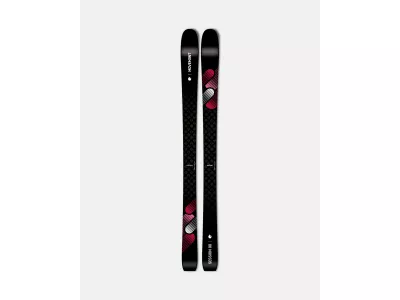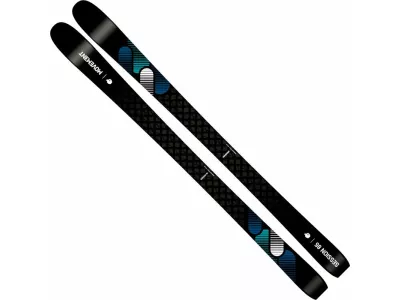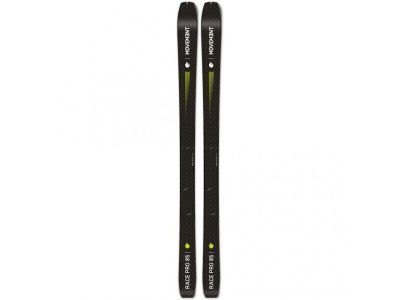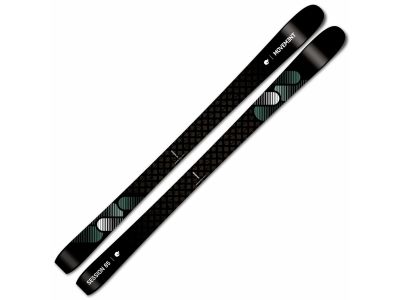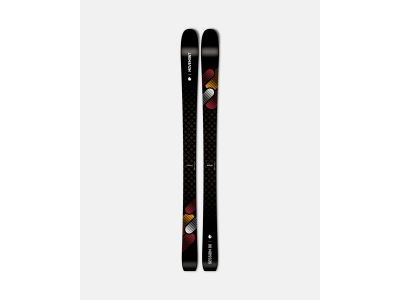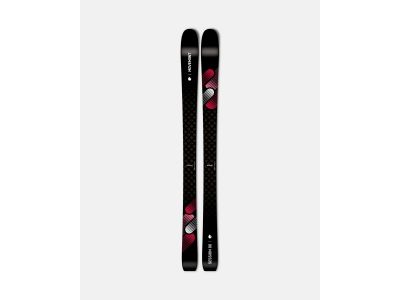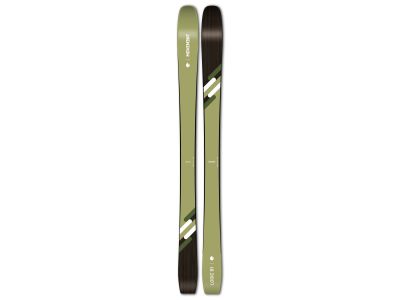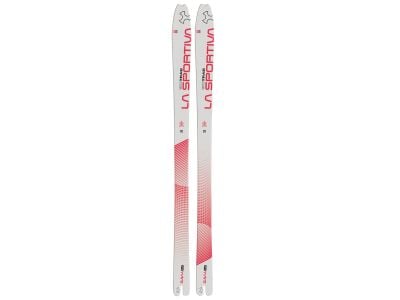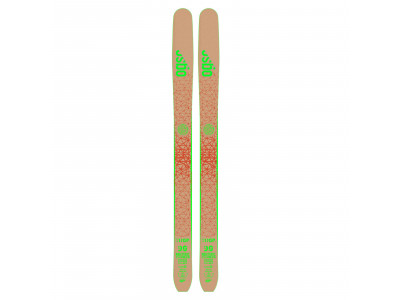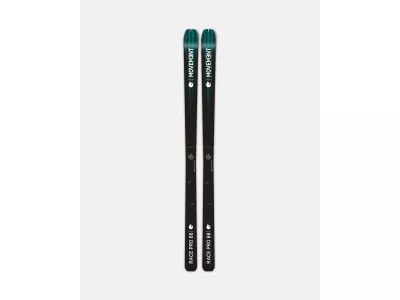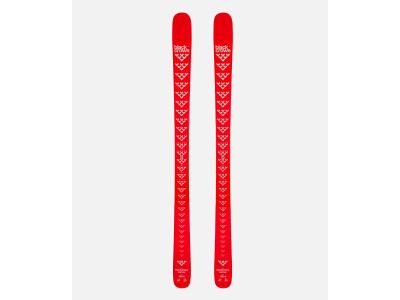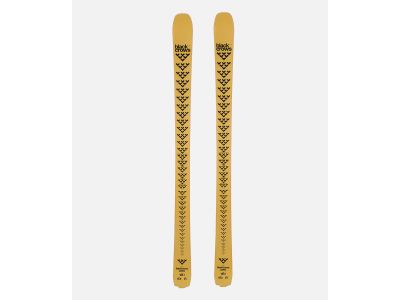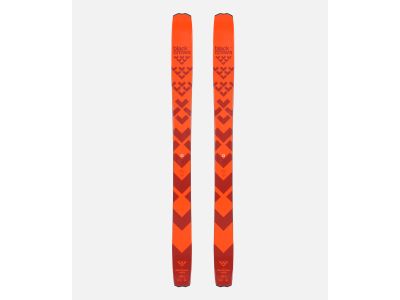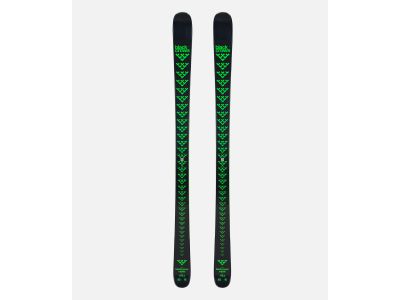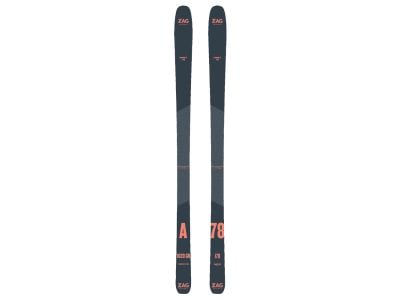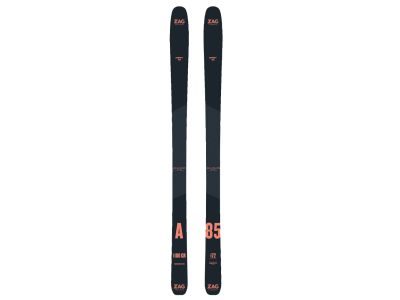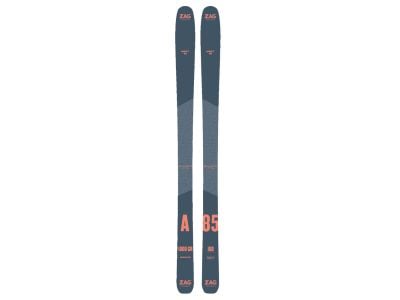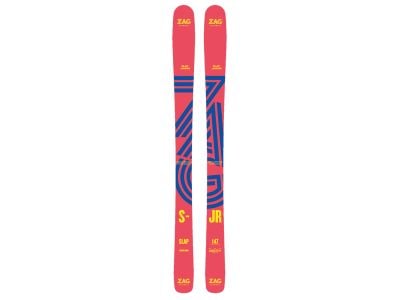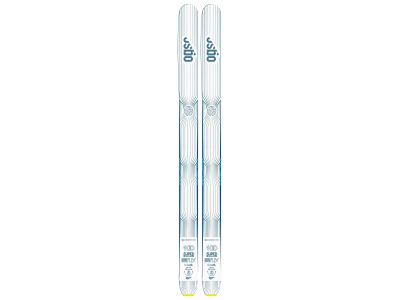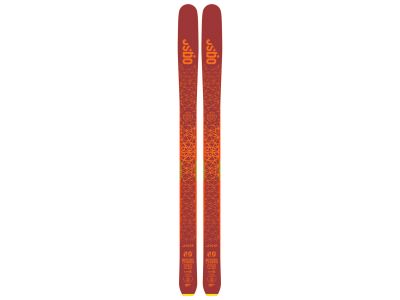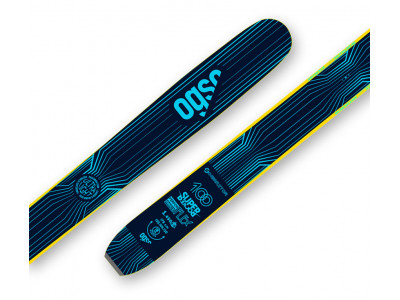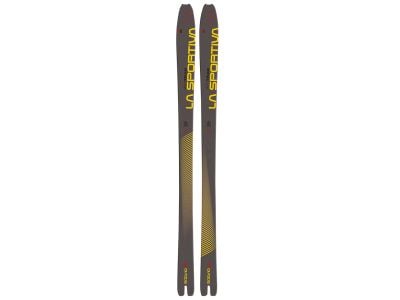You should choose your skis according to the conditions you prefer - downhill, freeride or ski touring, and based on that, choose the right type. Here you will find downhill and ski touring skis suitable for beginners, advanced skiers and racers. The most important parameters are the length, width, and weight of the skis. Here is a description of the most commonly used types of skis: ski touring, all mountain and freeride:
- Alpine skis: Also known as back country skis, are designed for off-piste skiing and ski touring. These skis are lightweight and have specific features that increase efficiency when climbing hills. They are typically narrower, allowing for better manoeuvrability in steep and challenging terrain. Ski touring skis usually come with bindings that allow you to release the heel for efficient uphill movement and then lock it in for downhill skiing.
Advantages of ski alpine skis:
- The lightweight design makes them easy to carry on a backpack during steep climbs.
- Efficient climbing capabilities thanks to their lightweight construction and specialized binding.
- Versatile capabilities that also allow skiing in open terrain.
- Downhill skis: Also known as alpine skis, are the most commonly used skis for skiing on groomed slopes at ski resorts. These skis are designed for maximum stability, control, and speed. They are typically wider than touring skis to provide stability and better performance on groomed slopes. Downhill skis are made in a variety of lengths and shapes to suit different skiing abilities and preferences.
Advantages of downhill skis:
- They provide excellent stability, control, and edge grip on groomed slopes.
- Designed for high speed and carving turns.
- They offer versatility for different levels of skiing, from beginners to advanced.
- Freeride skis: Specifically designed for off-piste skiing and exploring unprepared powder terrain. These skis are often wider than downhill skis, which provides better floating in deep snow. Freeride skis usually have a rocker profile, which helps with manoeuvrability and floatation in deep powder.
Advantages of freeride skis:
- Exceptional performance in deep powder and off-piste, providing exceptional floatation and control.
- Designed for skiers who prefer riding in raw terrain and searching for fresh powder.
- They offer stability and control in variable snow conditions, allowing for more aggressive skiing styles.
When choosing skis, it's important to consider your skiing ability, preferred terrain, and skiing style. Each type of ski has its own advantages and features that suit different skiing preferences.
How to choose the right skis?
When choosing skis, there are several factors to consider, ensuring you choose the right skis for your needs and skiing style. Here are some important factors:
- Skier ability: Determine your skiing ability level. Skis are designed with different performance characteristics for beginners, intermediate skiers, and advanced/experts. Matching your ability to the right skis will enhance your skiing experience.
- Ski type: Decide on the type of skiing you plan to do most often. There are different types, including downhill skiing, freeride skiing, skimo/back country skiing, and more. Each type has specific features and characteristics suited to different terrains and conditions.
- Ski length: The length of your skis depends on your height, weight, skiing ability, and personal preference. In general, shorter skis are more manoeuvrable, while longer skis offer better stability and float in powder. To find the right length for your body type and skiing style, check out the size chart.
- Ski width: The width of a ski affects its performance in different snow conditions. Narrower skis have better edge hold on hard snow and are more responsive on groomed slopes. Wider skis provide better floating in powder and better stability in variable conditions.
- Ski profile: The ski profile refers to the shape of the camber and the rocker. Traditional camber provides good edge hold and stability, while rocker (an upward curve of the tip and/or tail) improves handling and float in soft snow. Many skis have a combination of camber and rocker, offering versatility in a variety of terrain and conditions.
- Flex: The flex of a ski determines its responsiveness and stability. Softer flex skis are more responsive and easier to turn, making them suitable for beginners or lighter skiers. Stiffer skis provide better stability and control at higher speeds and in challenging conditions, making them ideal for advanced skiers or those looking for aggressive performance.
- Try before you buy: If possible, try out different skis before you purchase any. Many ski brands offer demo programs where you can rent skis and try them out on the mountain. This way you can experience first-hand how the skis work and find out which ones are the most comfortable and best suited to your skiing style.

